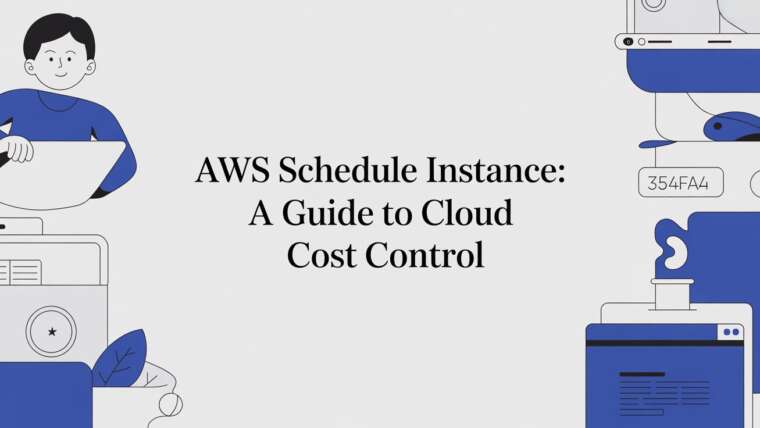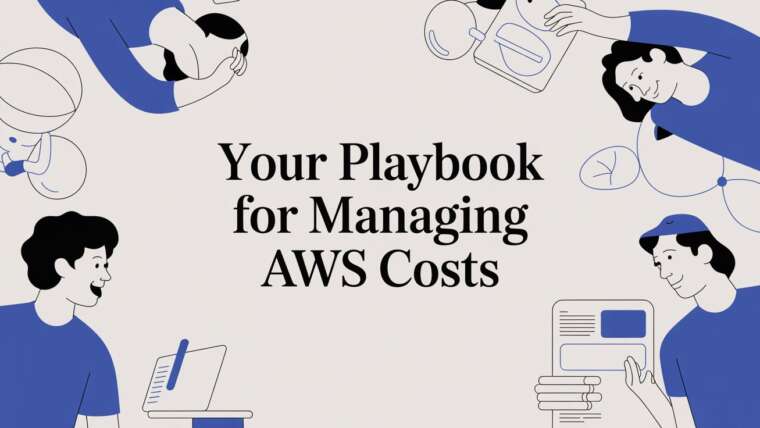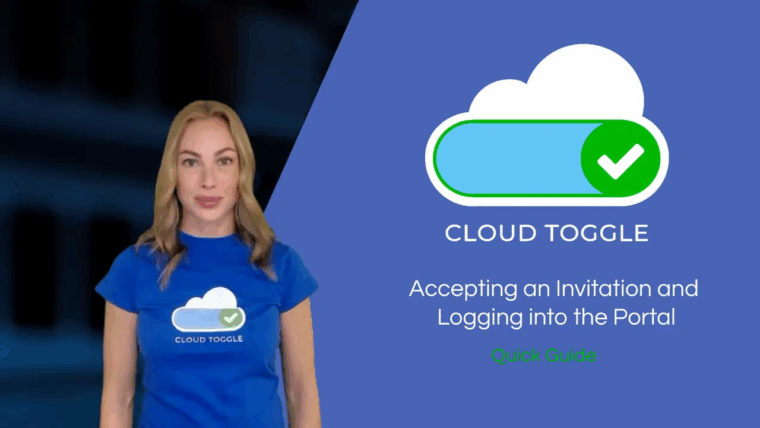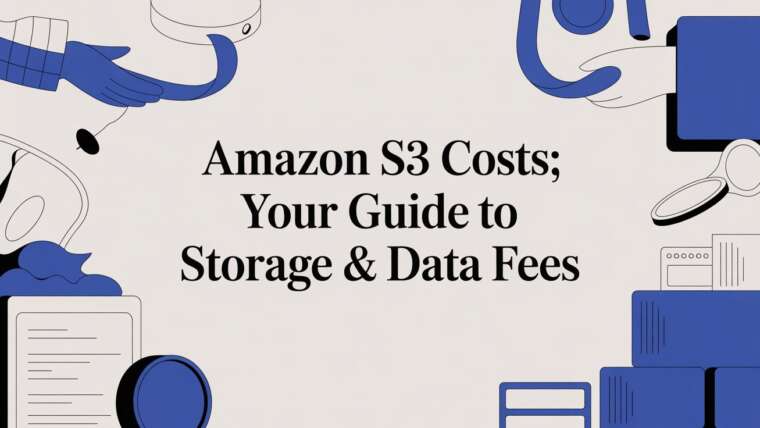When adopting or optimizing your public cloud usage, one of the most effective ways to reduce wasted spend is to eliminate idle resources, and that’s where an instance scheduler becomes essential.
An instance scheduler automatically stops non-production resources such as those used for development, staging, testing, and QA when they’re not in use. This means you’re not paying for compute time you don’t actually need.
AWS and Azure both provide their own built-in scheduling tools. But are these enough to meet your needs, or do you need something more powerful and easier to manage? Let’s take a closer look.
AWS Instance Scheduler
AWS offers the AWS Instance Scheduler, deployed via a CloudFormation template. This sets up the infrastructure needed to schedule EC2 and RDS instances, using DynamoDB tables, Lambda functions, and CloudWatch alarms. It relies heavily on instance tags to determine which resources to start or stop.
While the AWS Instance Scheduler supports multiple schedules, temporary resizing, cross-account connections, and both EC2 and RDS management, its configuration process is not particularly user-friendly. Modifications require editing DynamoDB entries, which can be cumbersome, especially for teams that aren’t fully “tag-driven” or don’t have easy tag-editing permissions.
Multi-user auditing and role-based access control (RBAC) are also missing, which can make it difficult to manage schedules across teams.
Microsoft Azure Automation
Azure provides Azure Automation, which includes a “Start/Stop VMs during off-hours” feature. This deploys runbooks, schedules, and log analytics within your Azure subscription. Configuration is handled via runbook parameters and variables, with optional email notifications.
While it allows sequencing of VM start/stop operations (useful for multi-tier applications) and can detect idle VMs for automatic shutdown, multiple schedules require multiple deployments. There’s no built-in self-service UI, temporary overrides, or advanced RBAC features, all of which can become limiting as your cloud environment grows.
The Limitations of Cloud-Native Tools
Although the built-in schedulers from AWS and Azure are “free” in the sense that you don’t pay for the scheduler itself, you do pay for the supporting infrastructure (Lambda, DynamoDB, Log Analytics, etc.). More importantly, these tools:
- Lack a unified, intuitive UI for managing schedules.
- Don’t provide detailed reporting or cost-savings analytics.
- Offer limited access via RBAC
- Are designed for their own cloud only – no multi-cloud support.
Why We Recommend CLOUD TOGGLE
CLOUD TOGGLE was built to solve exactly these problems. With CLOUD TOGGLE, you get:
- Multi-cloud scheduling from a single dashboard (AWS, Azure).
- A clean, self-service UI with drag-and-drop schedule creation.
- Easy delegation of access for providing users access to the resources they need.
- Reporting to provide insight into resource usage.
- Flexible overrides and on-demand start/stop for unexpected workloads.
Instead of wrestling with scripts, tags, or multiple deployments, CLOUD TOGGLE lets you automate scheduling in minutes and start cutting costs immediately.
Start Saving Now
The cloud-native tools from AWS and Azure can be a good starting point, but their limitations often become apparent as your cloud usage grows. With CLOUD TOGGLE, you can easily take control of your non-production environments, eliminate waste, and maximize your ROI.
Try CLOUD TOGGLE free today and see how simple cloud cost optimization can be.




